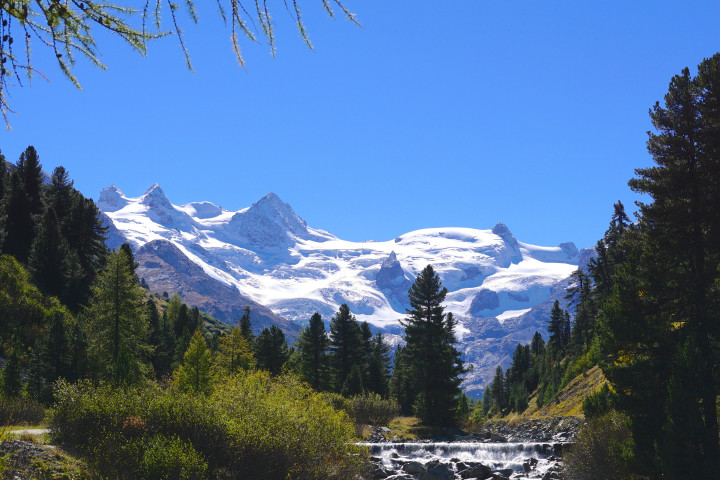Glaciers Harboring Radioactive Plutonium Could Affect Ecosystems
Others are reading now
Glaciers are more than scenic wonders. They are essential water sources for rivers and ecosystems worldwide.
However, the melting of these icy giants has revealed a troubling truth. Research conducted by the Institute of Nuclear Physics of the Polish Academy of Sciences has detected radioactive plutonium on glaciers, report WP.
This discovery could have significant consequences for the environment and human health.
Plutonium, a radioactive element, enters the environment through nuclear tests, accidents, and reactor failures.
Also read
Over time, it settles on glaciers in the form of cryoconites. These are dark sediments made of dust and soot that trap radioactive particles.
When glaciers melt, these sediments are released into nearby ecosystems. Scientists warn that plutonium contamination can harm wildlife and pose long-term health risks, including genetic mutations.
To study this issue, researchers collected cryoconite samples from 49 glaciers worldwide. These included glaciers in the Arctic, the Alps, and the Himalayas.
The findings revealed that plutonium concentrations were higher in the Northern Hemisphere, with Scandinavia and the Alps showing the highest levels.
The research was funded by the National Science Centre in Poland.
One of the most intriguing discoveries came from the Exploradores Glacier in Patagonia. Scientists found unusual ratios of plutonium isotopes in this region.
They believe this could be linked to the crash of the Russian Mars-96 probe, which contained plutonium, or to nuclear tests conducted in French Polynesia.
Dr. Edyta Łokas from the Institute of Nuclear Physics explained that cryoconites serve as important markers for radioactive contamination.
This research not only helps track the spread of plutonium but also raises awareness of the lasting impact of nuclear activities.
Future studies will continue to investigate the issue. Researchers plan to collaborate with the AGH University of Science and Technology in Kraków to study the Jostedalsbreen ice cap in Norway.
Understanding how radioactive elements accumulate on glaciers and their impact on the environment is vital for assessing long-term risks.
The findings are a sobering reminder of the hidden dangers lurking in Earth’s changing landscapes.


